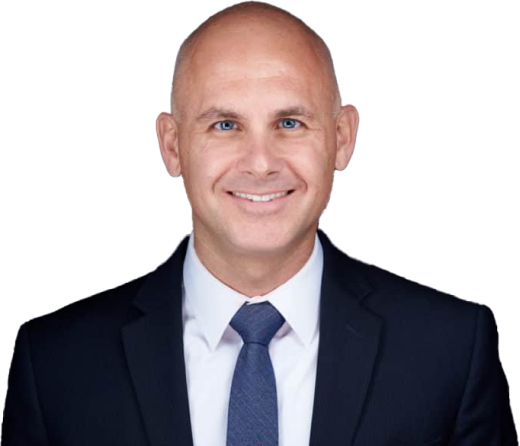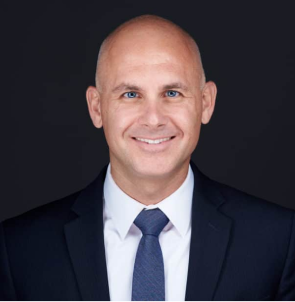
According to a 2016 study, doctors kill more people in the United States than any other cause except heart disease and cancer. If you have suffered injury or loss as a result of a doctor or hospital mistake, allow our Las Vegas personal injury lawyer to help you. With the help of our Las Vegas medical malpractice lawyer at H&P Law, we can pursue the compensation you are owed.
How Medical Malpractice Happens – a Study Shows Proof of Risks
Physicians have long been trusted to help us get better and, in many cases, save our lives. And for the most part, physicians do just that. Their combined knowledge helps to alleviate discomfort and prolong our lives. Except when it doesn’t.
Because doctors, nurses, and other medical professionals are working on our bodies, they can’t afford to be careless. Unfortunately, though, as high as the stakes are, not all doctors take the time and care they should with their patients. As a result, and according to a 2016 study done by Johns Hopkins University, medical errors are the third leading cause of death in the United States.
The study didn’t take into account medical errors that result in disfigurement, undue scarring, or added pain. Nor does it count someone who dies as a result of some other cause that the doctor cannot cure or prevent, despite his or her best efforts. According to the study, medical professionals kill over 251,000 people every year, which amounts to almost 700 people every day, or about one person every two minutes.
It Can Be Hard to Hold Doctors Accountable
It can be difficult to pursue financial compensation when you suffer losses you know are brought on by doctor mistakes. Laws in place today make this challenging to do. Unfortunately, “tort reform” efforts can make it difficult to hold doctors accountable in Nevada.
You Can Count On Us to Be There for You
At H&P Law, we do not believe that lawyers are to blame for high malpractice insurance premiums for doctors. We believe doctors are to blame for high malpractice insurance premiums for doctors. Our Las Vegas medical malpractice attorney fights to protect your rights in these situations.

What does This Mean for the Injured Person?
Within one year of discovery of the injury (whether actual or constructive), a victim of medical negligence in Nevada must, whether with an attorney’s assistance or not, gather medical records, hire a competent expert in the same field as the putatively negligent doctor to prepare an affidavit and file the complaint. That is not a lot of time in the best of circumstances. The timeline is further shortened by virtue of the doctrine of inquiry notice–patients may have a very clear idea of when they discovered that medical negligence was a potential cause of the injury but could be betrayed by the very medical records that identify the cause.
It is important, then, for our medical malpractice attorney in Las Vegas to order medical records as soon as possible and actually review those records with the specific aim of identifying the earliest a doctor has identified medical malpractice as a possible cause (and the doctor will never describe it as malpractice or negligence). Then, that date should be calendared as the accrual date for statute of limitations purposes. Then, the attorney can preserve the rights of the victim of medical negligence.
As complicated and frustrating as these laws are, we know that, beyond a reasonable doubt, doctors and other medical professionals cause injuries. When that happens, they should be held accountable for the losses they have put on your shoulders. We can help you every step of the way.
How Our Attorneys Can Help You with Medical Malpractice
Navigating the challenges of medical malpractice law is never simple, but having an attorney you know and trust by your side can make an incredible difference in your future. One of the first things we can do to help you is to determine if you have the legal right to file a claim. We can also help you navigate the legal rights you have to go after various parties that failed you.
One of the key ways our legal team can help you is to provide a better understanding of the evidence available in your case. We can require medical records to be provided that showcase what went wrong. We can interview and require those responsible to provide clear information about your case that we can then use to prove you are owed compensation.
In addition to this, our legal team provides a layer of protection for you, minimizing your risk of having to answer questions from an insurance company that wants to reduce what is paid to you. Without a doubt, our team is committed to providing you with exceptional support and guidance without putting your case on the line, which is so commonly the effort that insurance companies make. Read through our FAQs section for answers to common questions we hear from clients.
How Much Could Your Medical Malpractice Case Be Worth?
One of the steps that we take when helping you evaluate your case is determining what your losses are so that we can fight for fair and complete compensation for you. When you meet with us during a free consultation, we will ask you some questions about how this incident has impacted your life and well-being. We can then accurately estimate the losses you have so we can tailor the claim you make to achieve better results.

Set Up a Free Consultation with Our Legal Team Now to Get the Help You Deserve
You deserve fair compensation if you suffered a loss at the hands of another person, including medical professionals. Allow our medical malpractice lawyer in Las Vegas to help you. Contact the attorneys at H&P Law to help you wade through these and other complex issues associated with pursuing a medical malpractice claim in Las Vegas or Henderson.






